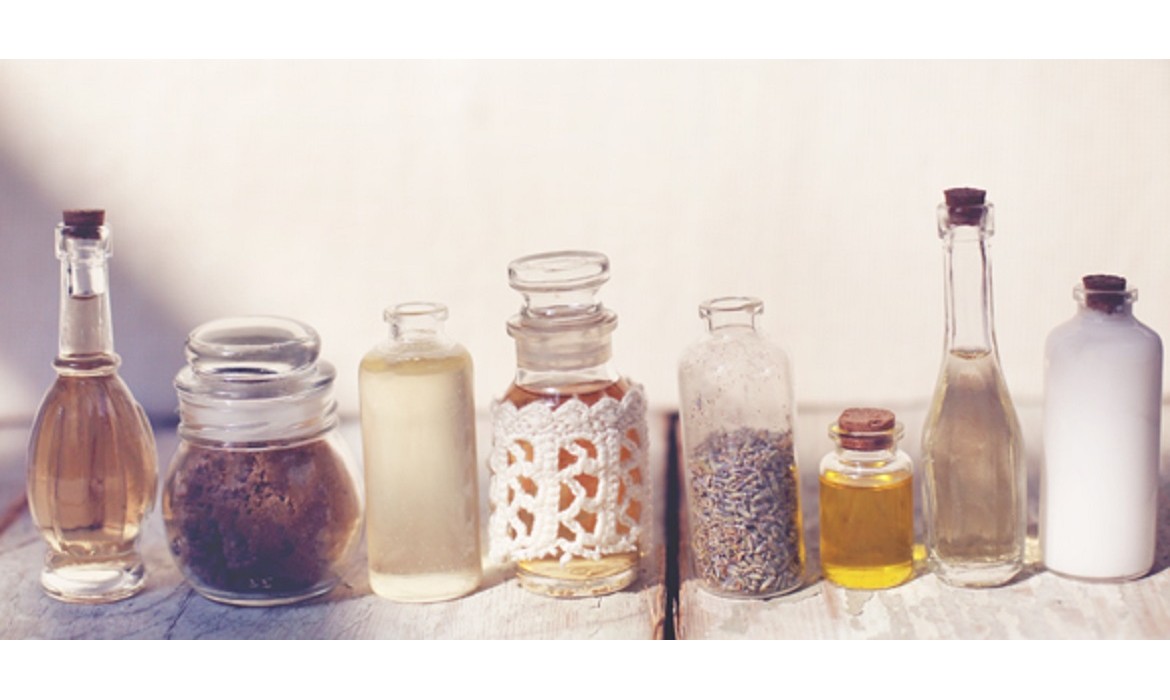Ingredients We Do Not Use

Ingredients We Do Not Use
Ingredients Not Used In Chorus Products
Here is a list of commonly used chemicals that may produce a range of undesirable or harmful effects and which are totally absent from all Chorus Products. These are chemicals that are used commonly even in spa-grade skin-care and body-care products, and often in products that advertise “natural” or “organic”.
1. Sodium Lauryl Sulfate, Sodium Laurel Sulfate, Sodium Laureth Sulfate (SLS and SLES) – detergent derived from coconut oil (can be called “natural” or even “organic”) found in cleansers, shampoo, bubble bath, liquid soap, facial toner, toothpaste, dish soap, some nutritional supplements.
Journal of American College of Toxicology (Volume 2, No. 7, 1983):
- corrodes hair follicles and impairs ability to grow hair, may cause hair to fall out
- forms nitrosamines, a potent class of carcinogens, which cause the body to absorb nitrates at higher levels than eating nitrate contaminated food
- builds up in the heart, liver, lungs and brain from skin contact; may cause damage to these organs
- denatures protein – impairs proper structural formation of young eyes;
- can damage immune system
2. Mineral Oil – makes skin soft and smooth
- found in baby oil, skin creams, massage oils and lotions, liquid foundations; derivative of petroleum
- suffocates and dries out the skin
- inhibits oils you produce naturally and so increases dehydration
- skin’s natural immune barrier is disrupted as this plastic coating inhibits its ability to breathe
- clogs pores; locks in toxins and wastes, which can promote acne and other disorders. This process slows down skin function and normal cell development causing the skin to prematurely age.
- implicated in contact dermatitis, kidney damage and liver abnormalities
- can inhibit skin cell growth in human tests
- can damage cell membranes causing rashes, dry skin and surface damage
- causes a significant number of reactions
- irritant to the skin even in low levels of concentrations (as low as 2% concentration)
- mutagenic (chemicals that produce mutation in Bacteria are linked to multiple Myeloma)
- toxic to human cells in cultures Human Reproduction, Feb 1990
- alters cell membranes
- inhibits cell growth in humans
- inhibits cell respiration in animals
NOT TRUE: only difference is that it is cleared of bacteria when used in products designed for human use (USP grade); same chemical structure.
Some people say: Not absorbed
NOT TRUE: has a very initial molecular weight, which enables it to pass easily through the skin and be absorbed into the blood stream where it travels to all our organs.
4. DMDM Hydantoin, Diazolidinyl Urea and Imidazolidinyl Urea – preservatives that release formaldehyde. It is estimated that 20 percent of people exposed to this chemical will experience an allergic reaction. Exposure to formaldehyde may cause joint pain, depression, headaches, chest pains, ear infections, chronic fatigue, dizziness and loss of sleep. In lab tests, formaldehyde has caused cancer and damaged DNA. Formaldehyde is a known sensitizer. Imidazolidinyl urea may cause contact dermatitis in some individuals.
5. Parabens (Methyl, Propyl, Butyl, or Ethyl) – a highly toxic chemical used as a preservative in almost all beauty products found on the shelf
- causes all sorts of skin rashes, allergic reactions, dermatitis
- may be carcinogenic and interfere with normal hormonal function
- may create hormonal imbalance raising concerns of women’s risk of breast cancer – Journal of Toxicology and Applied Pharmacology 1999
7. Mono-, Di- or Tri- ethanolamine (MEA, DEA or TEA) pH adjusters used in a wide range of personal care products. Most commonly seen as Cocamide DEA which is used in appox 98% of shampoos and cleansers and is considered to be potentially carcinogenic.
8. Synthetic Colours – Used extensively in personal care products, synthetic colours are made from coal. Coal tar colours have been found to cause cancer in animals and many people experience allergic reactions like skin irritation and contact dermatitis. They are listed as FD&C or D&C, followed by a colour and a number. Example: FD&C Red No. 6, or D&C Green No. 6.
9. Synthetic Fragrance – the most common ingredient found in personal care products. “Fragrance on a label can indicate the presence of up to 4,000 separate ingredients. Most or all of them are synthetic. Symptoms reported to the FDA have included headaches, dizziness, rashes, skin discoloration, violent coughing and vomiting, and allergic skin irritation. Clinical observations by medical doctors have shown that exposure to fragrances can affect the central nervous system, causing depression, hyperactivity, irritability, inability to cope, and other behavioral changes.” (Home Safe Home, Debra Lynn Dadd). Fragrance is a known trigger of asthma. Many of the compounds in fragrance are suspected or proven carcinogens. Phthalates in perfumes are known hormone disruptors. In 1989 the US National Institute of Occupational Safety and Health evaluated 2,983 fragrance chemicals for health effects. They identified 884 of them as toxic substances. The US Environmental Protection Agency found that 100% of perfumes contain toluene, which can cause liver, kidney and brain damage as well as damage to a developing fetus.
